If you have planted your garden and now want to install a root barrier, then you have already missed the best time for doing so. The ideal time to install root barriers is before you plant.
The purpose of such a barrier is to prevent a plant’s roots from entering areas where they shouldn’t be, such as under your sidewalk or driveway which is something not even tree lopping can end once it has begun. It’s also not a bad idea to use a root barrier with the smaller plants you have in your flower bed, so as to prevent the roots from entangling themselves with the roots of other plants, or separating your shrubs from your foundation to stop the occurrence of foundation cracks. These barriers come in both metal, hard plastic or stiff nylon and can be found at any garden supply store. Now here’s what you have to do to put a root barrier in your garden:
1. Take a measurement to determine how far from the plant you should dig the trench. Place about 6 inches of space between the barrier and any plants you have with stems 2 inches or less in diameter. Measure the lengths of the barrier, then divide that by the width of the panels to figure out how many panels you need. While in general most panels are a standard 24 inches wide, sometimes they can come in different widths.
2. Dig a narrow trench in the spot you are going to install the barrier. This can be done using a shovel, but a mechanical trench digger can do the work faster and make the trench narrower. Digging about 16 inches down should do it for plants. The trench itself should be 3 to 4 inches wide.
3. Now you can slide the first panel into the trench, but be sure that the top extends an inch or so above the ground. This is a must to be certain the roots won’t grow over the barrier. You can’t do root lopping like you can do tree lopping, so you want to prevent this from happening.
4. Keep backfilling the trench until it reaches the point where it is one-third full. That’s when you start pouring water in. Keep this up with water and dirt, water and dirt, until the trench is full.
A bit of advice. The barriers force the roots to grow downward rather than out to the side. This means that you will probably have to water more in order for the moisture to go deeper into the soil to benefit the outer roots.
So that sums up what you have to do in order to put a root barrier into your garden. It isn’t all that difficult, but you will definitely get a good physical workout in the process. However, like all gardeners you will find that maintaining a garden is a constant part of your life, but the pleasure that it brings will make any of the hard work well worth it in the end.
Author:
Candice Hubbard is a tree surgeon in Sydney, Australia. She had plenty of experience working with root barriers and tree lopping in Sydney. After decades in the profession and numerous articles written on the topic, she is now called an expert in her field.

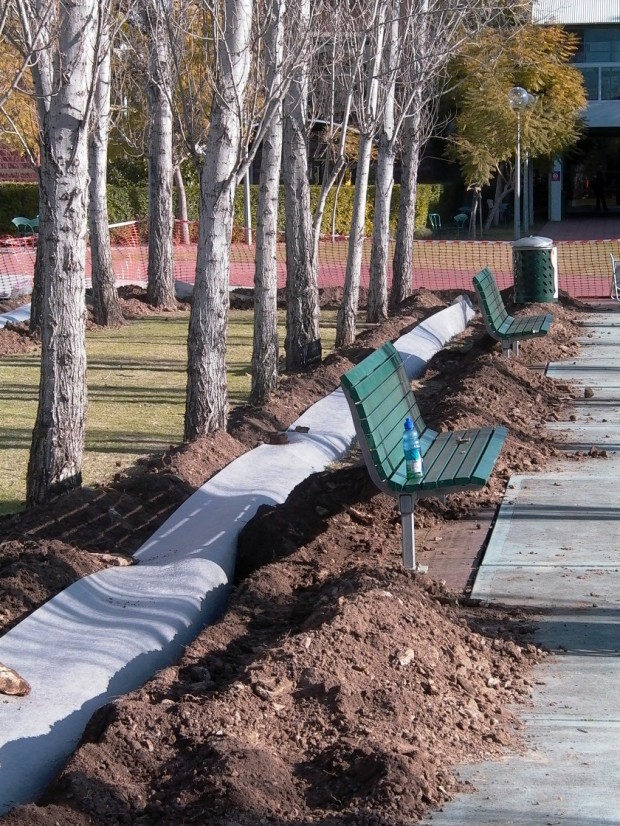
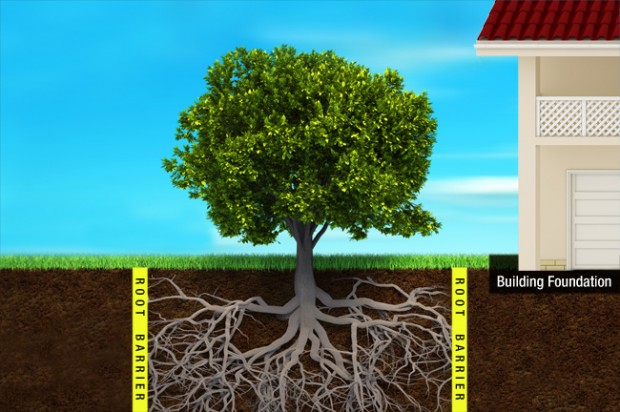
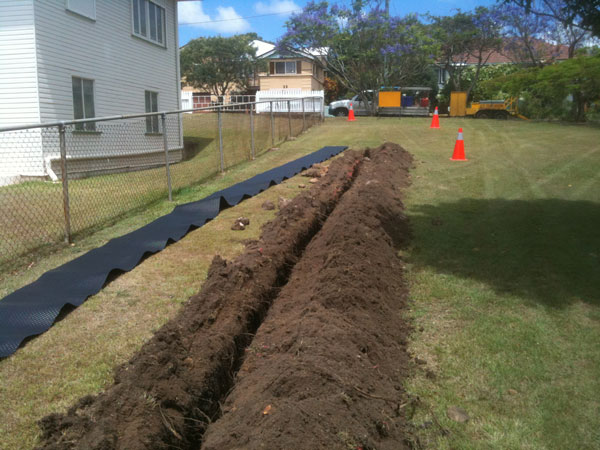
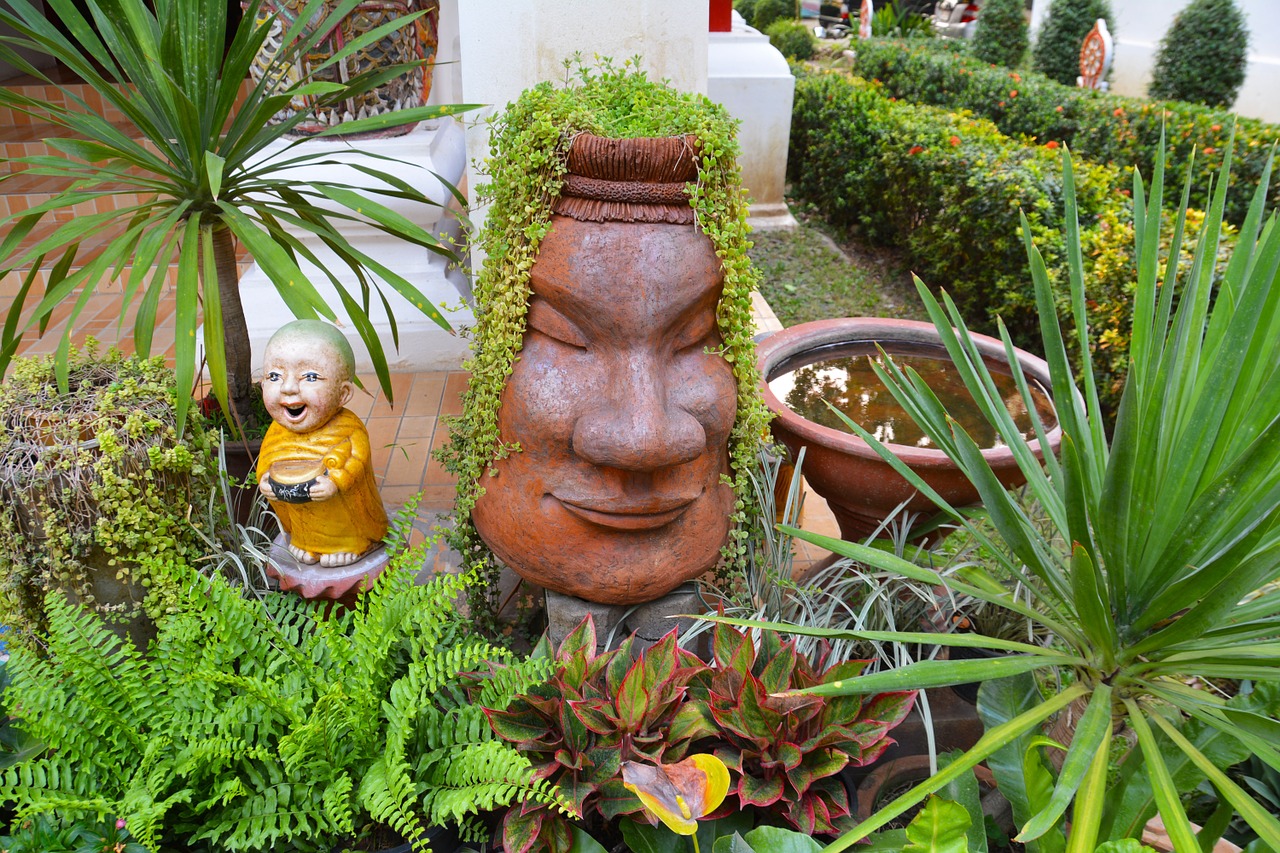
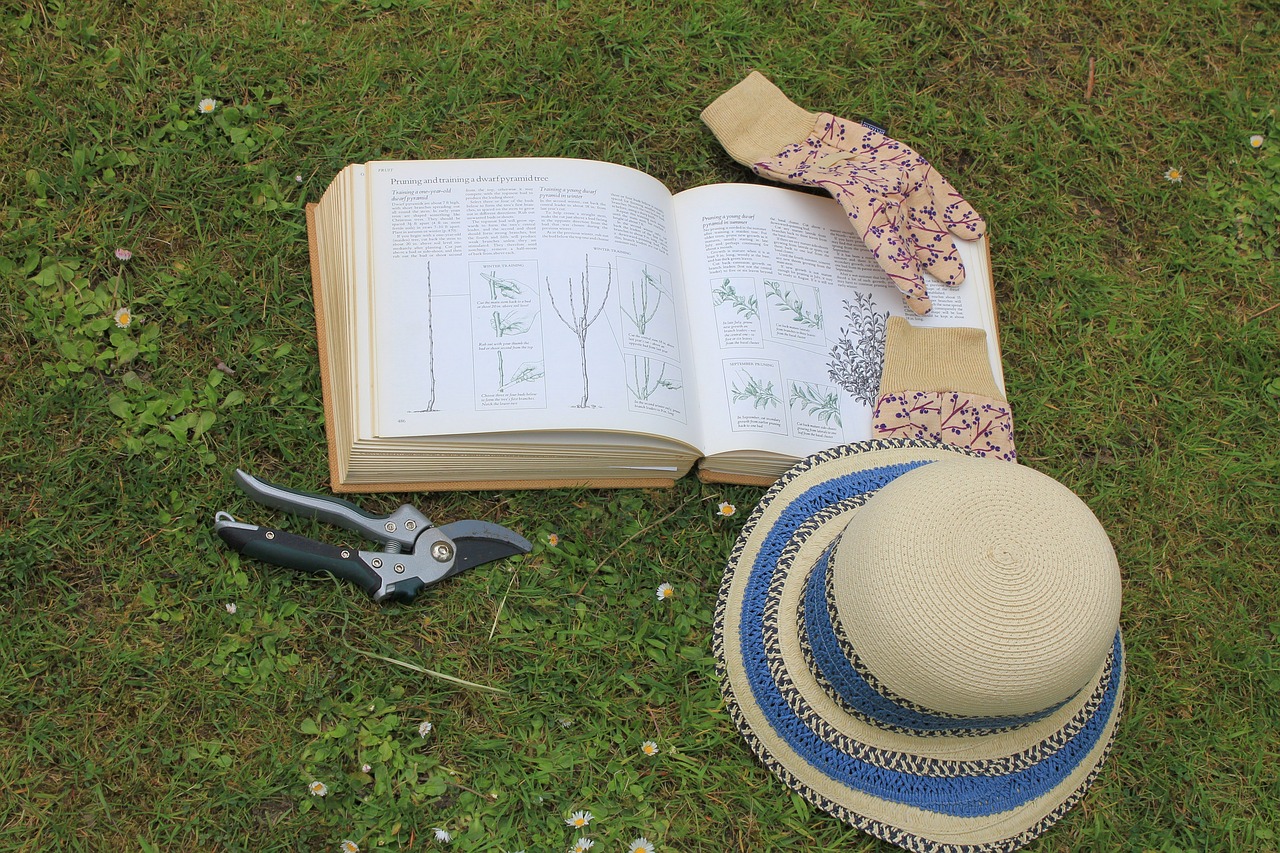








Thank you! This was very helpful. You said 16 inches deep is sufficient for plants, but is that the same recommendation for trees and large shrubs?